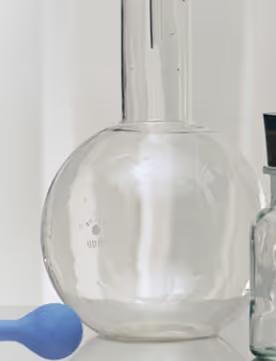Rheumatoid arthritis (RA) is an inflammatory autoimmune disease affecting once-healthy joints that may become painful, swollen, and stiff, and may also cause disease symptoms of fatigue and depression. Though there are antirheumatic drugs available to manage this disease, they can come with uncomfortable side effects. Impaired joint functionality is common in people with rheumatoid arthritis, but daily exercise may be helpful in managing and improving joint function and other active disease symptoms, and movement is a low cost, low risk option to manage your RA. Focusing on building strength, balance, and flexibility, this article will highlight aerobic fitness and conditioning as well as non-aerobic exercises for people with RA to improve quality of life on a daily basis without worsening active disease symptoms. (Source)
Benefits of Exercise
The Physical Activity Guidelines for Americans, provided by the U.S. Department of Health and Human Services, states that adults should try to exercise at moderate intensity for 150 minutes per week, or engage in 75 minutes of vigorous aerobic activity per week. Even if you can’t manage this level of activity, you should aim to be as active as possible. (Source)
For many with chronic illness this goal may seem unattainable, but finding the appropriate exercise plan may help:
- improve range of motion
- decrease the risk of comorbidities such as cardiovascular disease
- gain muscle mass
- improve immune function
- reduce inflammation
- Improve energy
It’s quite common for those with RA to limit movement, but this may lead to further progression of symptoms and loss of joint function and muscle strength. Movement may lower inflammatory markers within your body, but overdoing it may tax your system. There is an array of slow and deliberate low-impact exercises, flexibility exercises, and resistance exercises that will get you moving to help keep your joints functioning well, without aggravating the inflammation you may be experiencing. (Source, Source)

Types of Beneficial Movement
If you have RA it is important to engage in purposeful physical activity to manage symptoms while keeping your joints functioning optimally. There are many different types of exercise, but the 8 best exercises for RA can be categorized under the following:
- aerobic training
- resistance training
- balance and stretching
Read on for some useful RA friendly exercises you can add to your routine. (Source)
Aerobic Exercise
Aerobic exercise is movement that increases cardiorespiratory fitness by raising the heart rate 50%–80% higher than usual, while increasing the body's need for oxygen. Research has shown consistent practice of aerobic exercise may reduce your risk of developing RA or delay the onset of disease. The recommendation for weekly aerobic exercise is to engage for 30 minutes per day, 5 days per week, although exercise intensity and duration may vary a bit depending on your disease status. Aerobic conditioning may improve quality of life for those with RA as well as include health benefits of:
- increased cardiovascular health
- reduced joint damage and inflammation
- improved energy
- improved muscular strength and joint mobility
- reduced pain
The following low impact, moderate intensity aerobic activities may be appropriate for you if you have RA. (Source)
Cycling
Whether you join a gym or buy a stationary bike, cycling is a great low-impact activity to build up strength in your core and legs. Stronger muscles can better support your joints, possibly relieving some pain and improving functionality. There are different types of stationary bikes to choose from including upright, recumbent, or spin bikes. Once you settle on a model that is right for you, be sure to adjust it so you can reach the handlebars comfortably while having the seat at hip height — this can be ensured by having the bike professionally fitted. It is suggested to start without resistance and slowly work up to more as your body becomes more comfortable in the movement. (Source)
Dancing
If you’re looking for a fun way to improve joint mobility and pain levels, finding an aerobic dance class may be right for you. Whether you engage in local group dance classes, private lessons, or online classes, dancing may improve your energy along with reducing depression. There are a lot of dance styles to choose from such as Zumba, salsa, and belly dancing. (Source)

Swimming
Exercising in the water is easy on the joints and may relieve pain, improve mobility, and lower disease activity. Water-based exercise may look like swimming laps or joining a water aerobics class at your local pool. Focusing on high-intensity exercise will be more beneficial in managing your RA effectively. Meeting new people and bonding in your choice of movement may help to relieve symptoms of depression as well. (Source)
Walking
Walking is a popular activity for those with RA, and can be a great low-cost option. If you live in a mild climate without risk of falling on icy or dangerous sidewalks, walking outside while getting some fresh air and sunshine may work for you. Purchasing a treadmill or joining a gym may be an option as well if you live in an area with iffy seasonal conditions. Purchasing a comfortable pair of walking shoes is a good idea to provide your joints with the support and stability you need, preventing pain or further injury in the long run. (Source)

.avif)
%20(1).avif)
%20(1).avif)

.avif)











.avif)

%2520(1).avif)


